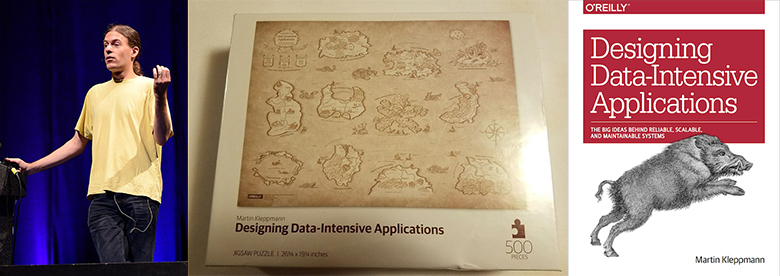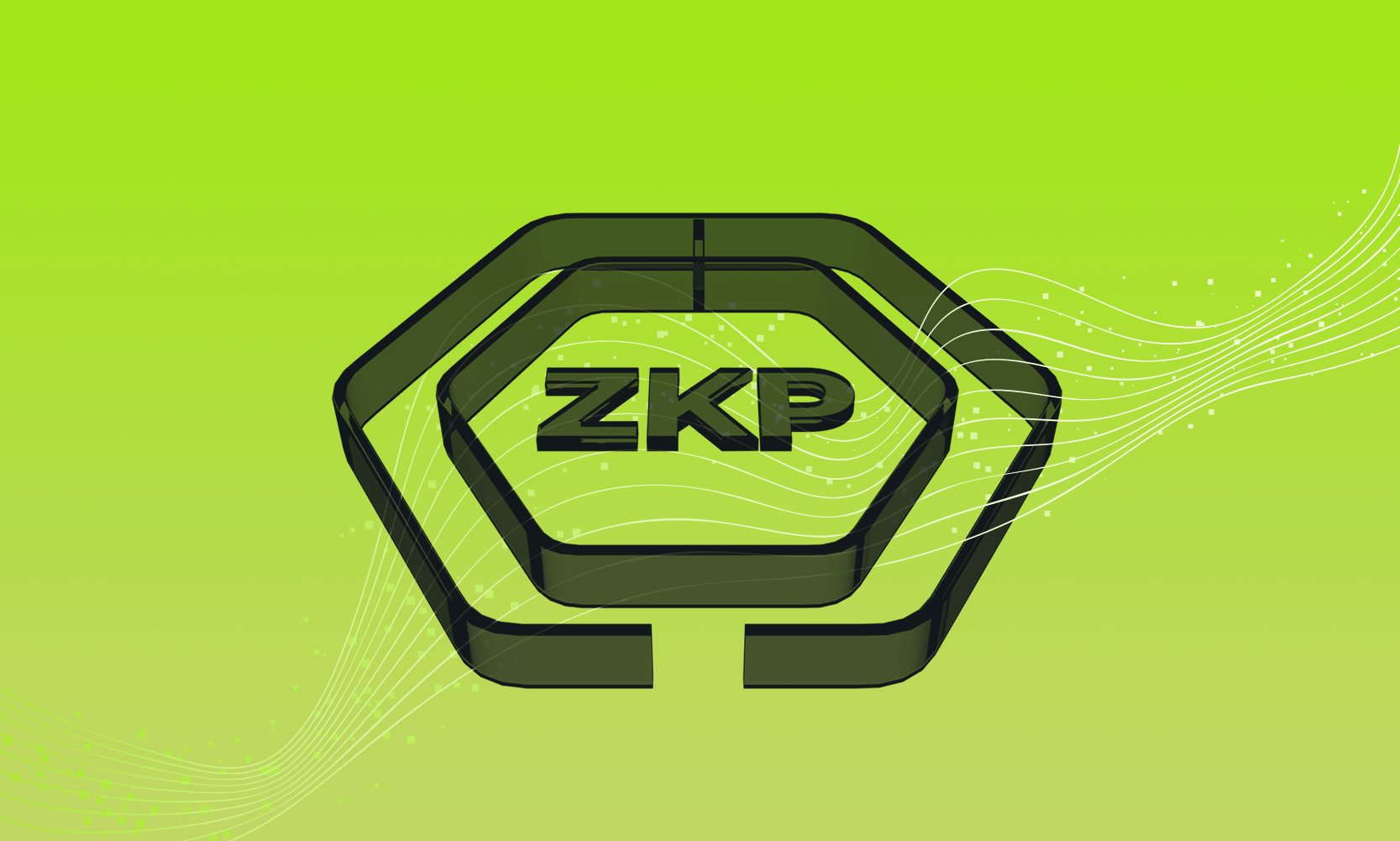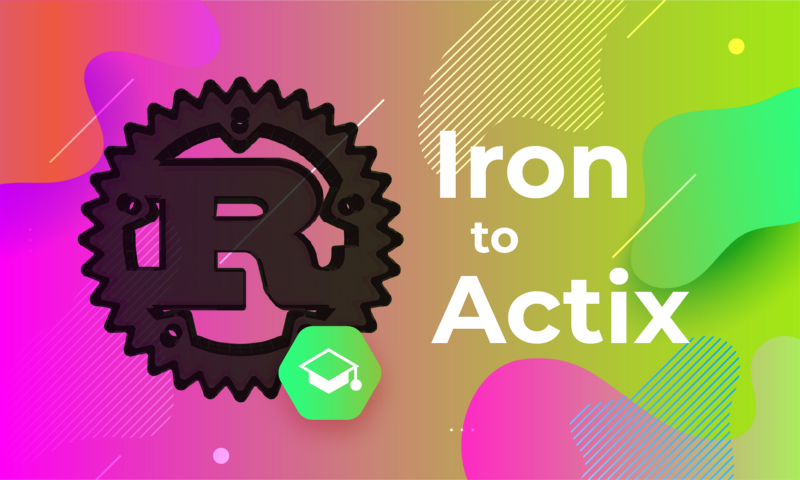
This is an official tutorial published earlier on Ontology Medium blog
Excited to publish it for Habr readers. Feel free to ask any related questions and suggest a better format for tutorial materials
Foreword
In this article, we will begin to introduce the smart contract API of Ontology. The Ontology’s smart contract API is divided into 7 modules:
In this article, we will introduce
the Blockchain & Block API, which is the most basic part of the Ontology smart contract system. The Blockchain API supports basic blockchain query operations, such as obtaining the current block height, whereas the Block API supports basic block query operations, such as querying the number of transactions for a given block.
Let’s get started!
First, create a new contract in
SmartX and then follow the instructions below.
1. How to Use Blockchain API
References to smart contract functions are identical to Python’s references. Developers can introduce the appropriate functions as needed. For example, the following statement introduces
GetHeight, the function to get the current block height, and
GetHeader, the function to get the block header.










 So, what is the difference? How to be prepared for this interview? Let’s be non-abstract, and use an example. To be more non-abstract, let’s take something from the material world, such that you won’t be asked the exact same thing at the real interview (at least, not at the Google interview) :)
So, what is the difference? How to be prepared for this interview? Let’s be non-abstract, and use an example. To be more non-abstract, let’s take something from the material world, such that you won’t be asked the exact same thing at the real interview (at least, not at the Google interview) :)